On the road to a quantum internet, researchers demonstrate entanglement of two memory elements located 12.5 km apart in an urban environment.
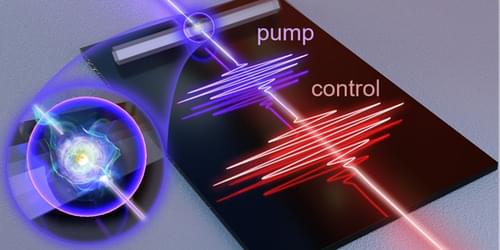

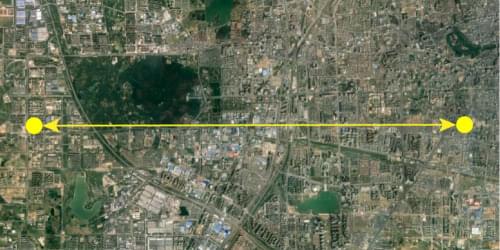
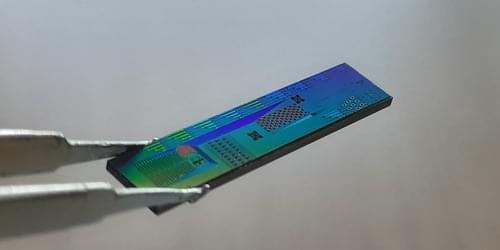
Check out the math & physics courses that I mentioned (many of which are free!) and support this channel by going to https://brilliant.org/Sabine/ where you can create your Brilliant account. The first 200 will get 20% off the annual premium subscription.
This is a video I have promised you almost two years ago: How does superdeterminism make sense of quantum mechanics? It’s taken me a long time to finish this because I have tried to understand why people dislike the idea that everything is predetermined so much. I hope that in this video I have addressed the biggest misconceptions. I genuinely think that discarding superdeterminism unthinkingly is the major reason that research in the foundations of physics is stuck.
If you want to know more about superdeterminism, these two papers (and references therein) may give you a good starting point:
https://arxiv.org/abs/1912.06462
https://arxiv.org/abs/2010.
You can support me on Patreon: https://www.patreon.com/Sabine.
0:00 Intro.
✅ http://onlydreamersallowed.com.
Motivational Clothing Brand.
✅SELF-HYPNOSIS AUDIO PROGRAMS: http://bit.ly/2RGCade (Reprogram Your Subconscious)
✅6 Hz Auto-Suggestion Program.
https://beinspiredchannel.com/download/thetaaudioprograms/
✅Motivational Alarm Tones.
https://beinspiredchannel.com/alarms.
►Footage licensed through:
Videoblocks.
►Music https://bit.ly/34ZqEAr.
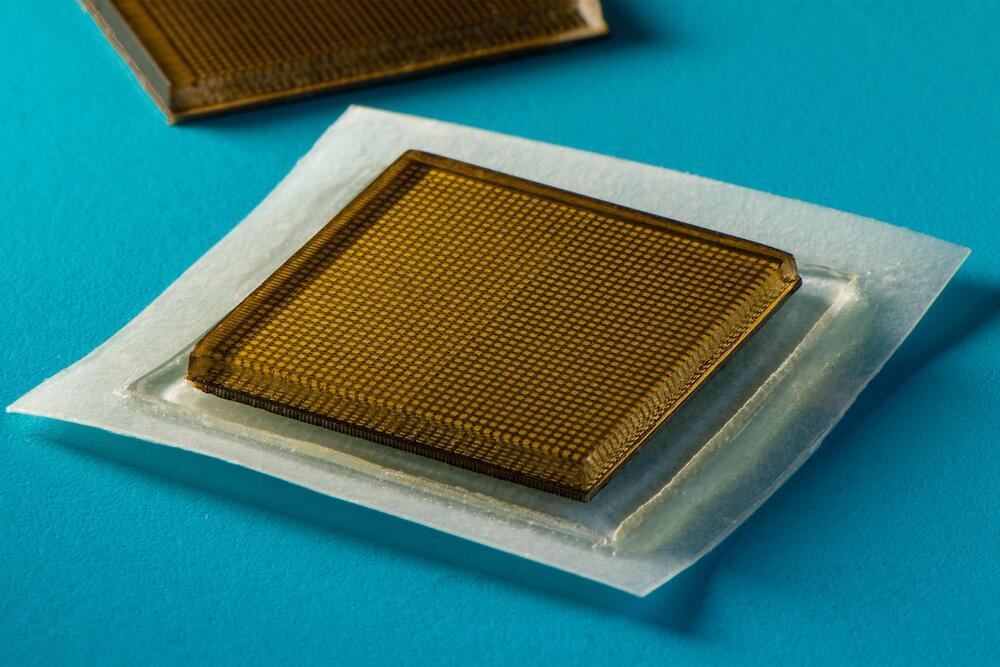
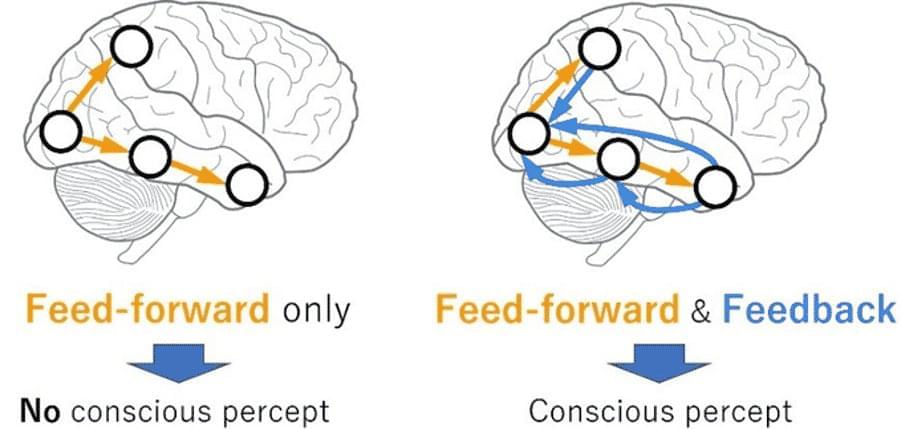
Summary: Brain mapping study identifies important neural networks and their connections that appear to enhance the conscious experience.
Source: University of Tokyo
Science may be one step closer to understanding where consciousness resides in the brain. A new study shows the importance of certain types of neural connections in identifying consciousness.
The research, published in Cerebral Cortex, was led by Jun Kitazono, a corresponding author and a project researcher in the Department of General Systems Studies at the University of Tokyo.
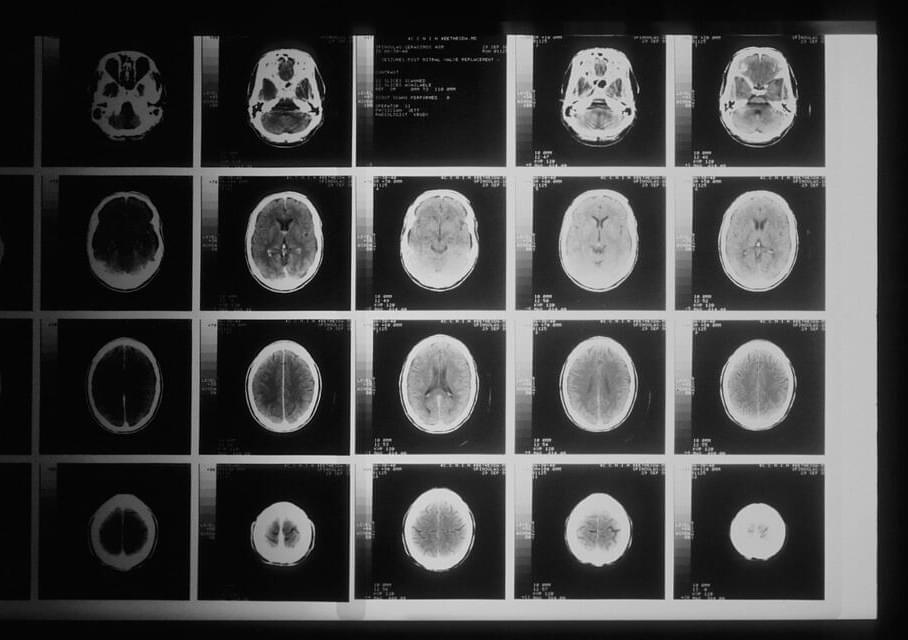
A gene that University of Virginia (UVA) Health researchers have discovered is responsible for the deadliest type of brain tumor is also responsible for two forms of childhood cancer, the scientists have found.
The new discovery may open the door to the first targeted treatments for two types of rhabdomyosarcoma, a cancer of the soft tissue that primarily strikes young children.
The gene may also play an important role in other cancers that form in muscle, fat, nerves and other connective tissues in both children and adults, the research suggests.
Watch The Full Episode Here: https://youtu.be/5-DqV69MJq0
Listen To The Full Episode On Spotify: https://open.spotify.com/episode/1kn8fYVblEnzOCJ16LzcEq?si=2bf44a7d7aa74e20
🎧 Listen To #TheRanveerShow On Spotify:
✅ subscribe to our other youtube channels:
BeerBiceps (English Channel):
https://www.youtube.com/c/BeerBicepsOfficial.
Ranveer Allahbadia (Hindi Channel):

NASA and the European Space Agency (ESA) have agreed to “significant and advantageous changes” to a major part of the conceptual design for its Perseverance mission, NASA associate administrator Thomas Zurburchen states in the recent announcement.
This car-sized rover is the newest member of NASA’s robotic Mars fleet, and reached the Red Planet in February 2021 through an unprecedented landing. Arguably one of its most important responsibilities is the Mars Sample Return campaign. Perseverance’s six wheels leave grooves on the planet’s regolith as it works towards that goal, traversing Mars’ Jezero Crater to gather the telltale sedimentary proof that water — and possibly life — once existed there.
In October, the space agencies will dive into the details of their redesign: rather than having Perseverance leave caches of its pebble collection on Mars’ surface for another yet-to-be-built land-based spacecraft to pick up, the existing Mars rover will be the one to carry the precious parcels to their launch site. In addition, Perseverance’s high-flying robotic companion, the Ingenuity helicopter, has inspired the design of two future rotorcraft that would swerve over the Martian terrain to pick up other samples. This duo would be part of an existing concept, NASA’s Sample Retrieval Lander.